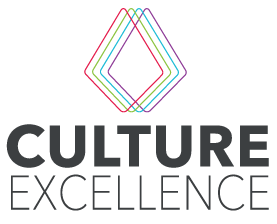MEASURING YOUR CULTURE
While organizational culture has been a hotly studied topic by academics for decades now, it is only in recent years that it has been widely accepted as a crucial part of food safety management. From modest beginnings, food safety culture is now spoken about at Codex meetings, in GFSI standards, at events and conferences around the world, and on internal food business agendas. It is also frequently a headline when things go wrong.
Multicultural, complex and uncertain
The challenges of creating a strong company culture in today’s world are many. Companies have increasingly multicultural workforces that bring their own set of values and experiences. They also procure products across the globe from a complex network of sources. In uncertain economic times, many organizations will see increasing financial pressure for high productivity, fast turnarounds, budget justifications, staff loss and turnover, all the while hoping that their company culture will be strong enough to sustain the safety and quality of their product.
But isn't that what audits are for?
When it comes to measuring safety, traditionally the food industry has relied on inspections and audits – which can both provide valuable information. But culture is not something you can easily measure. After all it is not like you can visibly see how staff feel about food safety or create a checklist for unspoken rules.
To visualise this challenge there is a simple but effective description provided for us by Organisational Culture expert Edgar Schein: The top layer – artefacts, the middle layer - spoken values, and deeper still - underlying values.
To identify the top layer can be relatively easy, and this naturally forms the basis for traditional audit and inspection. Looking for the signs and symbols of a strong food safety culture, one can observe the documents and records in place, the posters on the wall, the appearance of employees, the cleanliness of the facility, the type and state of the equipment, etc.
Sometimes during an inspection or audit one may also be privy to some of the spoken values, for example by talking to a selection of employees and asking key questions. However, time and access to people will be limited, and spoken values include all of those words being spoken behind closed doors during training, in staff meetings and through managerial communications.
Even harder to access lies the deeper layer, the unspoken values. The values that people truly feel but don’t necessarily express, and certainly not always directly. A managers’ reaction to an incident, allocation of budget, or selection of a specific person for praise, promotion or discipline, can say more to others about what is important within the company than a dozen meetings and training sessions. While the most challenging, the impression picked up from these are what will guide most employees in their day to day work.
But how do they really feel?
Bearing this in mind, how confident are you that your spoken values and your unspoken values align? That every message you deliver is consistently and accurately conveyed, both directly and indirectly, through every manager, supervisor and employee?
Needless to say, traditional audit and inspection methods are not able to give us an answer to that; that is not their role. Yet what we can’t measure and understand, we cannot change and improve.
The good news? We have been working for over 16 years on how to solve this problem. Click here to find out how.

